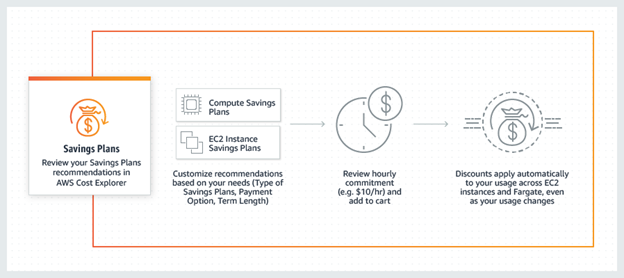In the past 3 years, AWS Reserved Instances have gone through many iterations. Several developments and adjustments (Regional Reserved Instances, AZ flexibility, Convertible Reserved Instances) have helped many customers make a long-term commitment (1 or 3 years) and reduce their On-Demand EC2 costs significantly.
Reserved Instances users understand now that when they purchase Reserved Instance, the commitment is not on a specific instance name or Id, but is actually a virtual credit that floats above the relevant instances in the account, and provides an hourly discount according to the use of these relevant instances.
Following the release of Convertible Reserved Instances, customers received the flexibility to change instance family type, operating System (OS) and size within a specific region as long as they maintained their total commitment value in Dollars. In short, convertible Reserved Instances amounted to greater flexibility but to lower discount rates.
The new Savings Plans are a “great leap forward” for AWS customers. The goal is clear: AWS encourages customers to make a long-term commitment by providing an advanced yet easy-to-understand tool. AWS will now help customers save on their compute costs up to an average of 50–60% of their monthly spend, in return for a long-term commitment.
What are AWS Savings Plans?
Savings plans are measured based on an hourly cost commitment for 1 or 3 years. If a customer takes a $X/hour baseline commitment, they will receive a discounted rate for On-Demand EC2 costs, in accordance with the commitment baseline. Any On-Demand hours above the baseline value are charged the regular On-Demand rate.
Example:
· The customer makes a $5/hour commitment for 1 year. The total value of the commitment is 5 X 24 X 365 = $43,800.
· The terms of the Savings Plan provide a 50% discount, which covers total yearly spending of $87,600 of EC2 usage. Any On-Demand hours above the baseline are charged according to the price list.
· As to Reserved Instances, the $5 sum is measured on an hourly basis. For each hour, AWS calculates the On-Demand EC2 costs that are covered under the plan, and those charges are reduced. Unused hourly saving is not passed on to the next hour, day, or week in that account.
So, what are the options?
EC2 Savings Plans — These plans are regional and cover all EC2 instances within a given EC2 family, regardless of OS or tenancy. This plan expands the Linux Reserved Instances Flexibility feature to all OS of the same EC2 family type (m4, r5, t3a, etc.)
Compute Savings Plans — These plans are the big news and perhaps the true revolution in savings management. The plan covers all regions, OS, families, size, as well as Fargate services that are part of the customer account.
What are the discount levels?
AWS announced that the discounts are similar to the Reserved Instances savings. They vary according to the plan length (1 or 3 years) and payment type (Full upfront/Partial upfront/No upfront).
I decided to check the most important question with AWS. My question was: How is it possible that the discounts are exactly the same, in case of the Compute Savings Plans? If Reserved Instances discounts rates are different for each OS (the Linux discount is much higher than the Windows discount) and for each family type (C4, R5, M5d, etc.) In addition, the pricing of each VM type is different in each region. Therefore, in which order will AWS apply the hourly $ commitment to my On-Demand worldwide usage for each hour?
AWS answered that the discount will be applied for EC2 instances running On-Demand according to the discount rate, from the highest EC2 discount rate to the lowest.
These are GREAT NEWS. For each hour, AWS will sum up all the On-Demand charges within that hour in the account. The discount will first be applied to the EC2 with the highest discount level, then to the next rate levels, until all the commitment has been completely applied. AWS actually promises that customers will get maximum savings, regardless of their portfolio family type or OS. This means that if you are running Linux and Windows together at the same time, your savings will be applied first to the Linux VM, which will result in higher monthly savings.
A deeper look at the discount rates reveals the following:
· EC2 Savings Plans rates = Standard Reserved Instances rates
· Compute Savings Plans rates = Convertible Reserved Instances rates
Summary of Plans


Savings Plans or Reserved Instances?
The attraction and simplicity of the savings plans are clear. Is it a revolution? I’m not sure.
It’s still a financial commitment to use AWS services. Instead of measuring the commitment based on the number of instances or normalized CPU cores, AWS translated the commitment into Dollars.
From my past experience with hundreds of startups and different types of organizations, I can say that a 3-year commitment is a big decision, which most technical teams would hesitate to make. Following the release of Convertible Reserved Instances, we advise our customers to purchase a 3-year, no upfront Convertible Reserved Instances, which provide a 50% discount. We were surprised to see that some of our customers were not keen to take the commitment although we offered to monitor their Reserved Instance utilization with CloudHealth and help them convert it, to reach 99%-100% Reserved Instances utilization.
Reserved Instances still have some advantages over the Savings Plans:
1. You can purchase short-term Reserved Instances in the AWS marketplace, often with higher discount rates.
2. Standard Reserved Instances can be sold on the market; in case the company experiences a decrease in Compute resources need (or moves to another public cloud).
3. A 1-year compute Savings Plan will generate 9–10% less discount on a Linux OS VM, than a Standard Reserved Instances. This gap is not insignificant in a large environment.
What plan should you use?
1-year EC2 Savings Plan
Recommended for customers familiar with Standard Reserved Instances usage, who can commit to EC2 family types for a full year. They can achieve the same discount rate they had with Reserved Instances, using a simpler tool. Bear in mind, that you won’t be able to sell the plan when you need to reduce your EC2 usage.3-year EC2 Savings Plan
This is a long-term commitment for a specific family type. I believe that making such commitment in a dynamic and constantly evolving cloud environment is not a recommended move. However, it may fit some customers with long term steady environments.
1-year Compute Plan
Recommended for customers who run environments in several regions, and use several OS types or Windows VM. If your EC2 portfolio is anything else, I recommend taking a timeout and seeking the advice of an expert. 9–10% of additional savings are quite likely to worth the effort.
3-year Compute Plan
This is the most cost-effective plan. If you are able to take a 3-year commitment, and your focus is 100% on reducing the costs of your AWS compute, this is your plan. You will gain simplicity and flexibility in a single package.
Summary
AWS is definitely innovating to makes everyone’s life easier. This allows the customers to save costs if they are willing to make a long-term commitment. Still, this is yet another cost optimization tool. To succeed in optimizing costs, we must remember to think about all other aspects of optimization including scheduling, rightsizing, auto-scaling, spot instances and containers, which we encourage our customers to use on a daily basis.
The cost optimization world is developing advanced ways to save costs. Achieving cost efficiency requires the customers to use advanced knowledge and the best tools, or engage experts familiar with such tools and the advantages of each service provided by the Cloud Vendors. If you can use an expert, I recommend doing it.

